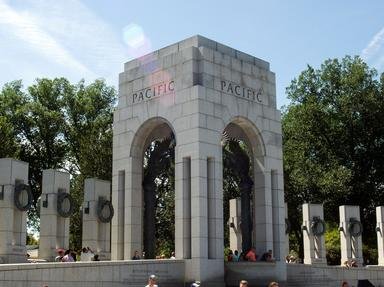Quiz Answer Key and Fun Facts
1. What year did training of Japanese paratroopers begin?
2. On December 7, 1941 were the Japanese paratroopers ready for combat?
3. What was the age requirement for the paratroopers?
4. What was the maximum weight (in lbs) in order to start training?
5. Prior to an parachute drop on a target what did the Japanese emphasis?
6. According to Japanese doctrine what had to precede a drop?
7. Only when _______ was achieved could the parachutists be used.
8. Where did the first Japanese combat parachute drop occured?
9. In Palemband what was the objective of the paratroopers?
10. What planes did the Japanese use to drop paratroops over Palembang?
11. In which month and year did the Japanese attack on Timor take place?
12. On which island did the Navy parachutists first fight?
13. On December 6, 1944 where did Japanese paratroops conduct an airborne operation?
14. The mission on Leyte turned out to be what for the Japanese?
15. What type of plane was used most commonly for the transport of Japanese parachutists?
16. What was the Allied designation for the Japanese version of the DC-3?
17. What did the Allied designation for the Japanese version of the DC-2?
18. Which of these was a Japanese sidearm?
19. What was the standard Japanese rifle round?
20. What was the standard weapon of a Japanese paratrooper?
Source: Author
gunter_viezenz
This quiz was reviewed by FunTrivia editor
bloomsby before going online.
Any errors found in FunTrivia content are routinely corrected through our feedback system.

